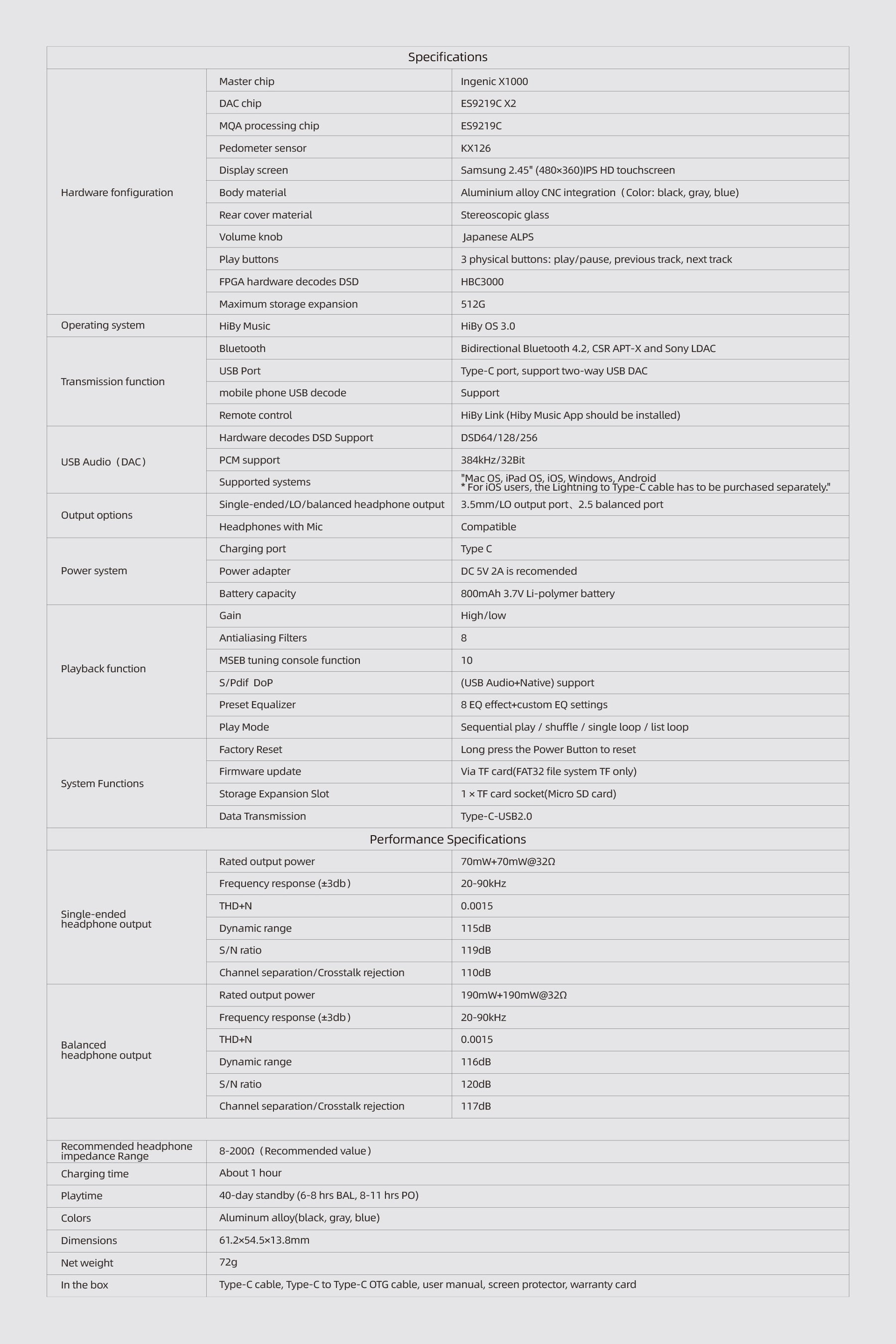Headphones: DCA Stealth, Expanse, E3, and Aeon 2 Closed, ZMF Verite Closed (Desert Ironwood) and Atrium (Koa), AKG K872, K812, K702, Q701 (Bass Port Mod), K501, K340, Audeze LCD-4, LCD-3, & MM-500, Drop+DCA Aeon Closed X, EMU Teak & Walnut, Hifiman Susvara, HE6 (six screw w/ Grill Mod), HE5LE LFF Code X Mod, HE560 V1.1 (w/ Grill Mods), HE5 (w/Grill Mod), OG HE400 (w/ Grill Mod), HE500 (w/ Grill Mod), HE6SE v1 (w/ Grill Mod), Edition XS, & Ananda Stealth (Incoming), Focal Elex, Sennheiser HD800S, HD650, & HD660s2 (incoming), Beyer T5 Gen 3, etc
IEMs: 64Audio A18s, A18t, A12t, Volur & N8, MMR Thummim, Empire Ears Odin, Noble Audio Viking Ragnar, CA Andromeda 2020, SuperMoon, Polaris II, and Boneville, ThieAudio Prestige LTD and Monarch Mk2, Subtonic Storm, Dita Perpetua, Shozy Magma, Yanyin Mahina, AKG N5005, KBEar Believe, Oriolus Szalayi & Monachaa, SoftEars Twilight, Dunu EST 112 & SA6 Ultra, Mangird Tea OG, Shortbus S12S Glamdring Mod, Letshuoer EJ07M (Resin) and S12 (self-modded), Ikko OH10, Etymotic ER4XR, Technics EAH-TZ700, Fearless Audio Provence, Sony XBA-N3, TRI OG i3, Starsea, and Meteor, HifiBoy OS V3, Tin OG P1 & T3+, etc
Earbuds: Aiwa HP-V99, Ucotech ES-P1 & ES-P2, FranQL Blue Voodoo 600, Fiio FF3S, FF3, & FF5, ShoonTH ESEP-01BLE, Toneking Dendroaspis Viridis, TO600, Tomahawk, & TP16, Simphonio Dragon 3 & Dragon 3+, Yincrow RW-4000, RW-3000, & RW-2000, Shozy BK, Longyao Yinman 600 2.0, Cypherus Audio ZoomFred Pro, QFred & Black Edition, K'sEarphone DB1 & DB1e, Penon BS1 Official, Blur 266 MX150 aPs v2 Retune, Inorvin Labs Hanna, DQSM Turandot, Yuin PKE, Ostry KC08A, Rose Technics Maria II, RikuBuds Rider 1, HE150Pro & HE150, NSC Audio 80ohm LCP, Fengru QIGOM S300 "Black Lotus", FAAEAL SnowLotus 1.0/1.0+, Iris 2.0/CE, Rosemary, Datura Pro, Fengru DIY EMX500, etc
DAPs, DACs, Amps: Rockna Wavedream, Ferrum Oor/Hypsos, Holo Audio May KTE, Gustard X26 & R26, HeadAmp GS-X Mini, RME ADI-2 (AKM), Schiit Yggdrasil+ MIB, OG Lyr (Upgraded & Modded), Magnius (X2), Modi Multibit 2, & Modi Multibit 1.2, Bottlehead Crack w/ Speedball, Cavalli Liquid Platinum, JDSLabs El Stack2+ & Subjective3, Soekris DAC2541, Drop+Airist RDAC, SMSL VMV P2, M500 Mk2 & M400, ifi xDSD Gryphon, TRI TK-2, Cayin RU6, Geshelli JNOG2, Astell&Kern Kann Alpha, Cayin N8ii, Hiby RS6 & RS2, iBasso DX160 (w/ Fidelizer Purist ROM) & DX220, HifiWalker H2, VE Megatron, Moondrop Dawn, Douk I Pro (w/ Femtosecond Clocks), Sony MZ-E900 (minidisc), Fiio e10k & BTR3/5/7, Qudelix5k, HidizsH2, iBasso DC05, Tempotec iDSD/Sonata HD Pro/HD 2, Denon DCD-1600NE




























